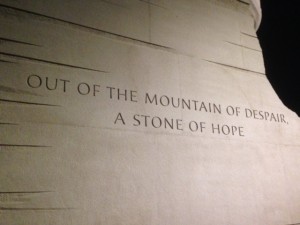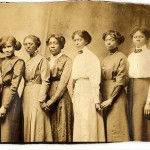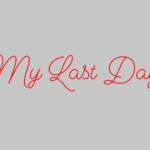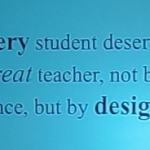(Originally posted on April 4, 2015 on The Center For Teaching Quality. I’ve added new pictures.)
If you know much US history, you know that on April 4th, 1968, Martin Luther King, Jr. was murdered in Memphis, Tennessee. On that same day in Silver City, New Mexico, I turned 11 years old.
Silver City was largely removed from the turbulence of the 1960s. Beyond what I saw on TV, my memories are limited. But there were summer car trips to visit my grandfather in East Orange, New Jersey. On one of those trips, we drove by some police arresting an African American man. They had him pinned against their patrol car. He wasn’t letting them cuff him and they were hitting him. Coming on the scene was a group of what could fairly be called hippies. My father was more critical of the hippies than he was of the police.
On some summers we drove through the South. As a child, I had no sense of the racial tensions and discrimination going on all around us, and my parents didn’t look for “teachable” moments. I don’t know if I blame them, maybe they should have. I don’t know.
(Incidentally, those were among the days of the Great Migration, so beautifully told by Isabel Wilkerson in Warmth of Other Suns).
My father was something of a contradiction. He would offend us by using racial slurs. But my friends were always at home in our house, regardless of their color, and I was always allowed to visit them no matter what part of town they lived in. When I told my parents that Mary, my Mexican girlfriend, and I were going to get married, he left the room so we wouldn’t see him choke up. My mom told me, in quiet voice, that he was really happy. After we married, his first question on any phone call was always, “How’s Mary?”
Once my father did teach me a lesson about values, trust, and sensitivity. On one of those trips to New Jersey I caught a cold. My father told me if I wasn’t better in the morning, he would take me to a doctor whom Jack, the African American man who took care of my grandfather, had recommended. He told me not to be surprised if the doctor were, in the terms of the day, “a Negro.” The twist is that my father could easily have taken me to his own brother-in-law, a doctor who lived nearby.
Bringing it back to April 4th and Dr. King’s murder – I have one clear memory. I can’t say if it was the night of his murder or sometime before or after. But I was watching TV and saw clips of his famous speeches. After, I went and talked to my mom and told her I had seen, again in contemporary language, “a Negro man talking about the promised land and about a dream of the sons of former slaves and the sons of former slave owners joining together to eat, and it made me feel good.”
Some 45 years later I went to Memphis for some training and visited the National Civil Rights Museum at the Lorraine Motel – the sight of the murder. At one point in the museum you stand a couple of feet from where Dr. King stood when he was shot. I’ve been to Independence Hall, Gettysburg, and Ground Zero. I’ve traced the footsteps of Jesus in Jerusalem. But I’ve never been as moved by a historical site as I was standing at that fatal spot imagining that fatal shot.
I wish Martin Luther King, Jr. were still here so he could guide us once again, as once again society’s fabric is being torn by racial, economic, political, and religious strife. Animating much of the Social Justice Movement, like it did him, is a righteous anger and a thirst to make things right. And calling for justice often carries a call for punishment, which I’m not always against.
But still, in the final analysis, I can’t help believing that a Social Mercy Movement would heal us better.
April 4th is here again. Where is Dr. King?
#SocialMercy











Comments 1
Beautifully written. Thank you for this piece. I’m thinking.